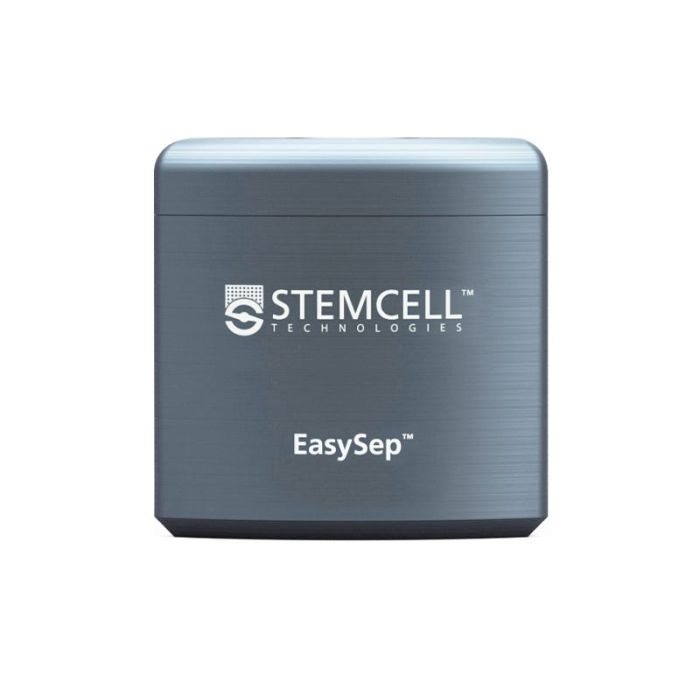产品号 #18001_C
无柱免疫磁珠分选磁极
若您需要咨询产品或有任何技术问题,请通过官方电话 400 885 9050 或邮箱 info.cn@stemcell.com 与我们联系。
使用 “The Big Easy” EasySep™ 磁极搭配 EasySep™ 细胞分选试剂盒,可轻松高效地进行细胞磁珠分选。该磁极同时也是 RoboSep™ 仪器中的组件之一,用于处理大量细胞。“The Big Easy” EasySep™磁极在其内部腔体中生成高梯度磁场,足以分离标记有 EasySep™ 磁珠的细胞,无需使用分离柱。“The Big Easy” EasySep™ 磁体设计用于容纳标准 14 mL(17 x 95 mm)聚苯乙烯管。
不确定该使用哪种磁极?请访问 EasySep™ 细胞分选磁极页面比较不同规格并选择适合您研究的磁极。
了解更多关于 EasySep™ 免疫磁性技术的工作原理。
种属
人,小鼠,非人灵长类,其他物种,大鼠
应用
细胞分选
品牌
EasySep
请在《产品说明书》中查找相关支持信息和使用说明,或浏览下方更多实验方案。
本产品专为以下研究领域设计,适用于工作流程中的高亮阶段。探索这些工作流程,了解更多我们为各研究领域提供的其他配套产品。
Thank you for your interest in IntestiCult™ Organoid Growth Medium (Human). Please provide us with your contact information and your local representative will contact you with a customized quote. Where appropriate, they can also assist you with a(n):
Estimated delivery time for your area
Product sample or exclusive offer
In-lab demonstration
| 物种 | 人类, 其它物种, 大鼠, 小鼠, 非人灵长类 |
|---|
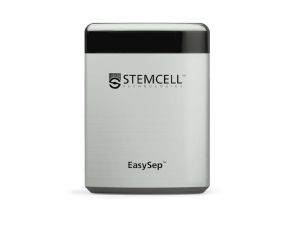
<p>无柱免疫磁珠分选磁极</p>
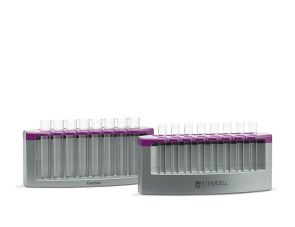
<p>无柱免疫磁珠分选多样本处理磁极</p>
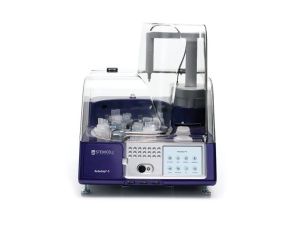
全自动细胞分选仪器
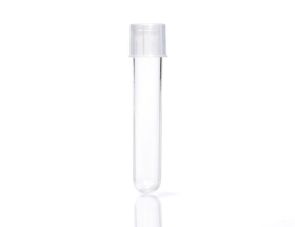
用于细胞分离和细胞培养的无菌聚苯乙烯圆底管
质量保证:
本产品仅供科研使用,除非另有说明,不得用于人体或动物的诊断或治疗用途。如需了解 STEMCELL 的质量体系,请访问 www.stemcell.cn/compliance
扫描二维码或搜索微信号STEMCELLTech,即可关注我们的微信平台,第一时间接收丰富的技术资源和最新的活动信息。
如您有任何问题,欢迎发消息给STEMCELLTech微信公众平台,或与我们通过电话/邮件联系:400 885 9050 INFO.CN@STEMCELL.COM。
在线联系

